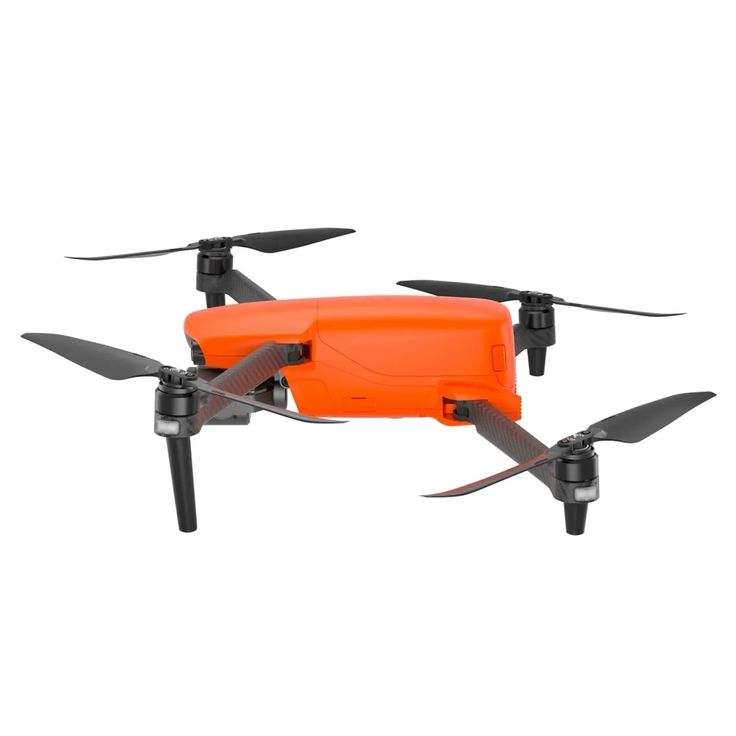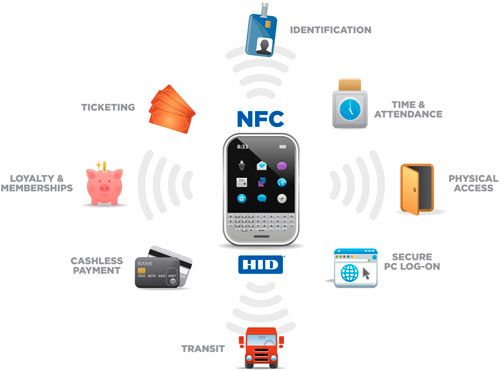Defense startup Helsing initially plans to produce 1,000 AI-equipped kamikaze drones per month starting in January. They need to ignore jamming signals and find their targets.
Helsing, a Munich-based software company founded in 2021 and specializing in the use of artificial intelligence (AI) in the defense sector, has officially unveiled its new HX-2 drone. The company describes the quadcopter as “software-based, mass-producible and swarm-capable.” The drone has four wings and rotors arranged in an X-shape and can weigh up to 12 kilograms at takeoff. The explosives, weighing up to 4.5 kilograms, can reportedly reach targets up to 100 kilometers away at speeds of up to 250 kilometers per hour and self-destruct on impact (kamikaze drone). According to the manufacturer, the software used is encrypted and protected from re-engineering.
The main advantage of Helsing is that the integrated AI makes the drone “resistant to electronic warfare and jamming.” “Individual HX-2s can reliably attack armored targets even in contested electromagnetic environments,” explains Helsing co-founder and co-Chief Technology Officer Niklas Köhler. Using stored maps, the HX-2 achieves self-sufficient navigation that is immune to conventional jamming, writes the European Security & Technology magazine (ES&T). During flight, the on-board computer uses landmarks to pinpoint the drone’s exact location; thanks to AI, a large number of such landmarks can now be evaluated. Prior to an attack, image recognition is used to identify targets, supported if necessary by reconnaissance drones on site. These capabilities have led to the HX-2 being nicknamed a “mini-Taurus,” since the equivalent software is found on much larger cruise missiles. The autonomous drones will also be subject to “full human control and oversight.” The company explains that important decisions, such as those involving life and death, require people to be involved.
Autonomously controlled
The manufacturer stresses that the weapon is already being produced in Germany, and further production capacities are currently being set up “in Europe”. FAZ says that production volumes from the first quarter of 2025 will be up to 1,000 units per month. The medium-term goal is a monthly production capacity of tens of thousands. According to the manufacturer, the drone should be significantly cheaper than comparable systems on the market.
However, critics complain that AI has long since undermined people’s ability to act in such cases. Helsing’s Altra reconnaissance and control software should also make it possible to combine multiple HX-2 drones into swarms controlled by human operators. The program is already in use in Ukraine today. As part of a federal effort, Helsing is already supplying the country with 4,000 of its HF-1 combat drones, the predecessor to the HX-2 that essentially uses the same technology, according to ES&T.





